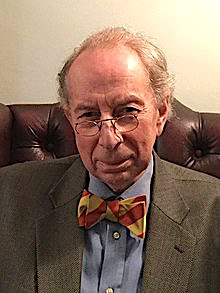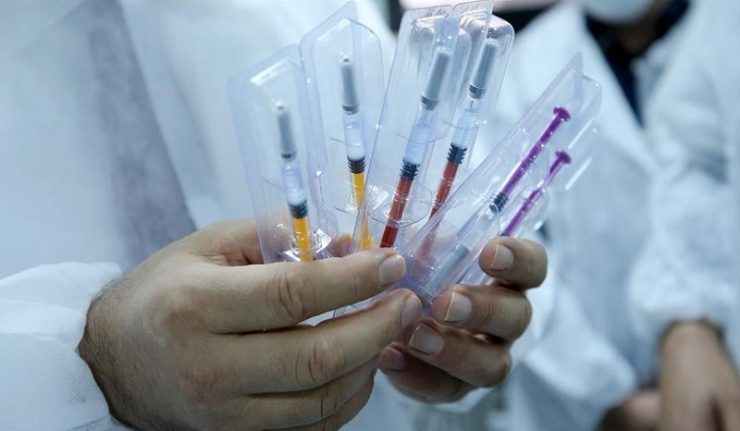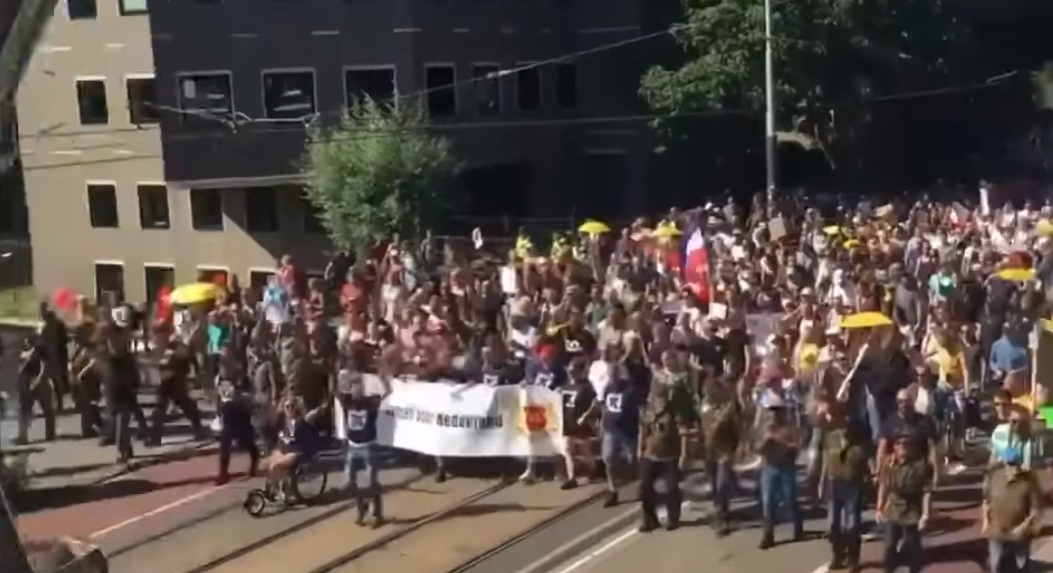A radar malfunction means an $18,500 pilot study to collect speed data on Williamson Street collected no usable data on vehicle speed.
The data is likely not salvageable, says Tom Mohr, deputy traffic engineer for the city of Madison.
“It was giving speeds over 100 miles an hour, just completely off for like one day. Then you look at different days, it looks correct, and then another day it'll be way off,” says Mohr. “We're still looking into why that might have happened — we’re thinking some of the possibilities might be glare, sun angle or something like that. But it was to the point where we weren't confident enough to report it.”
The pilot study ran from Sept. 9 until Oct. 24, but the radar malfunction was only detected within the last two weeks. The city’s transportation commission will meet Nov. 5 to discuss the results of the test, which also include data on traffic volume diversions to other streets, and feedback from the public.
Some city officials were disappointed by the glitch, particularly since the speed data was supposed to help determine whether to permanently close rush hour lanes on Willy to improve safety.
“Notably, and quite unfortunately, the equipment that measures vehicle speed malfunctioned both before and during the study,” wrote Ald. Derek Field in a Nov. 2 blog post. “Staff say that anecdotal observations suggest speeds were reduced, but that sounds squishy to me.”
Mohr confirms that staff did anecdotally observe “general” decreases in peak-hour speeds due to increased congestion.
“We’re okay enough with everyone's observations that we can go off of that,” says Mohr.
There is typically no parking on the well-traveled street weekdays from 7-8:30 a.m. on the westbound lane and from 4-5:30 p.m. on the eastbound lane. But after a car crashed into Mother Fool’s in May — the fourth time the coffee shop has experienced a vehicle collision — members of the city’s transportation commission in August authorized a pilot that would allow cars to park in the street’s rush hour lanes except for set times on Thursdays.
Some takeaways from the test, according to Mohr: Anticipated increased congestion at the right-turn “hairball” intersection between John Nolen Drive did not materialize, but some complained about the reduced parking near intersections. Mohr says if the rush hour lanes were permanently removed, parking would likely be allowed closer to intersections.
Mohr says the Traffic Engineering Division does not plan to make a recommendation on whether to make the lane closures permanent.
“We're just going to show the results and have the transportation commission discuss and decide what to do next.”
















.jpg)






 English (US) ·
English (US) ·  French (CA) ·
French (CA) ·